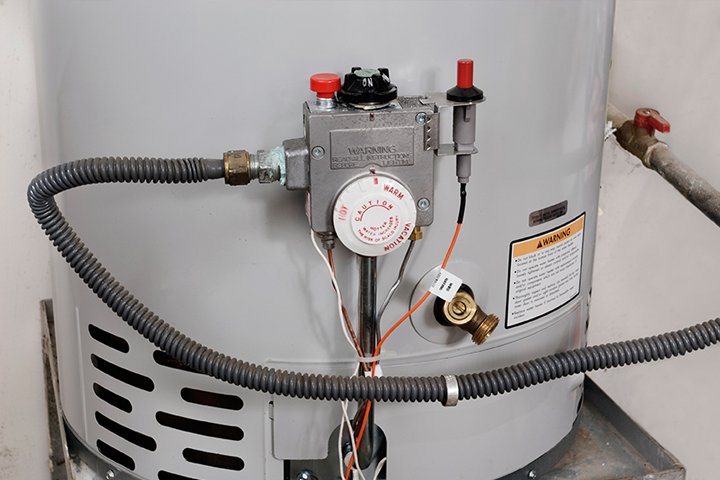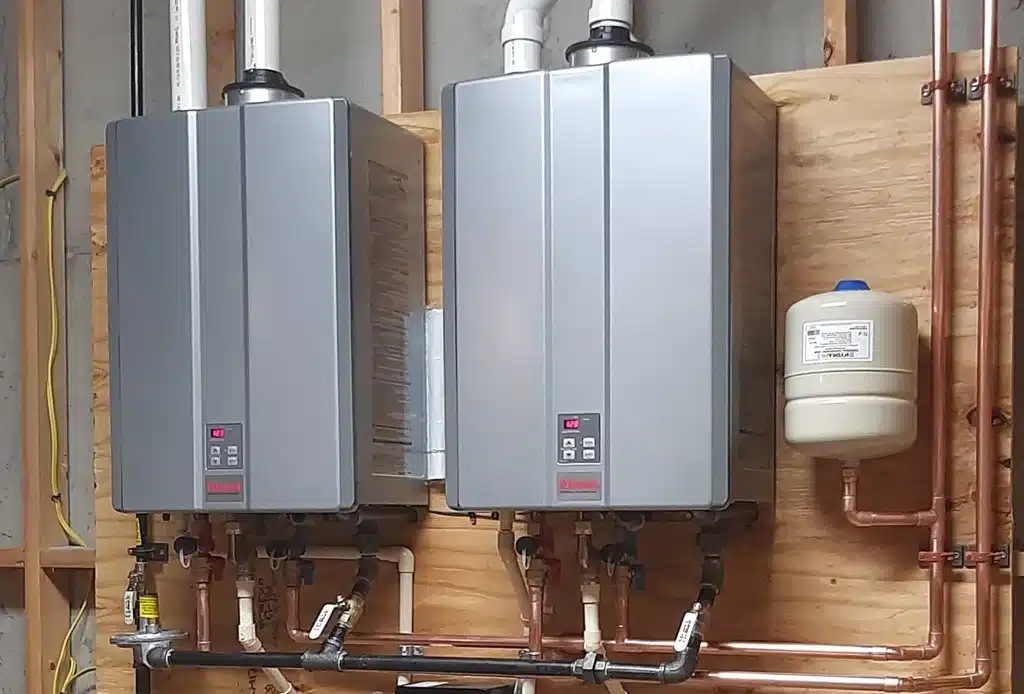Water Heater Installation for Better Hot Water Efficiency and Functionality
Water Heater Installation for Better Hot Water Efficiency and Functionality
Blog Article
Total Overview to Water Heating UnitInstallment and Replacement
Recognizing the ins and outs of water heating unit setup and substitute is essential for house owners looking for to ensure efficiency and dependability in their warm water supply. From selecting the suitable type and size to carrying out a seamless installation procedure, a number of factors need to be taken into consideration to stay clear of typical risks.
Sorts Of Water Heaters
When thinking about water heating system setup and substitute, it is necessary to understand the numerous types of water heating systems available out there. One of the most usual types include tank hot water heater, tankless hot water heater, heat pump water heating systems, and solar water heating systems.
Storage tank water heating units are conventional systems that save a certain quantity of hot water, making them conveniently available when required. In comparison, tankless water heating systems offer hot water on demand, getting rid of the demand for storage.
Heat pump water heating systems make use of electrical power to transfer heat from the air or ground to warmth water, offering significant power savings yet needing even more room and particular installation conditions. Solar water heating systems harness solar energy to heat water, providing a green choice with potential long-lasting expense savings, although they frequently call for a backup system for cloudy days.
Comprehending these alternatives guarantees educated choices concerning installment and replacement, satisfying particular demands and choices.
Picking the Right Size
Picking the ideal dimension for a hot water heater is crucial to guarantee optimal efficiency and efficiency. A system that is too little will have a hard time to meet family needs, leading to irregular warm water schedule and increased energy usage. On the other hand, an oversized water heating unit can cause unnecessary energy waste and greater energy costs.
To figure out the best dimension, think about the house's height warm water use. This can be computed based upon the number of occupants and their typical warm water needs. A family members of four might call for a water heater with an ability of 50 to 80 gallons, depending on the usage patterns, such as synchronised showers and washing.
Additionally, examine the healing price, which gauges exactly how rapidly a heating unit can renew hot water after it has actually been made use of. For tankless designs, focus on the circulation price, gauged in gallons per minute (GPM), to ensure it meets the family's synchronised need.

Installment Refine Introduction

Following, the old system needs to be disconnected and eliminated, making sure to follow neighborhood codes and guidelines concerning disposal. As soon as the old unit is out, the brand-new hot water heater can be positioned in position. This step entails connecting the water lines, guaranteeing that all installations are leak-free and safe and secure.
After establishing water links, it's vital to attach the power supply, whether electrical or gas, following the supplier's guidelines thoroughly. As soon as all connections are made, the system should be full of water, and the power can be turned back on. It's vital to check for leaks and guarantee the water heating system is working correctly prior to completing the setup procedure.
Usual Installation Mistakes

One more frequent error is overlooking to follow local codes and regulations. Failing to stick to these standards can not just lead to safety and security dangers yet may likewise result in pricey penalties or the need for costly reinstallation.
Falling short to safeguard links or utilizing the wrong type of fittings can lead to leakages and water damage. By staying clear of these common setup blunders, property owners can guarantee their water heating unit runs safely and efficiently, making the most of performance and durability.
Upkeep Tips for Long Life
Appropriate maintenance of a water heating system is vital for its long life and optimal performance. Normal examinations and servicing can avoid expensive repairs and expand the appliance's lifespan. Begin by checking the temperature setting; it needs to normally be established between 120 ° F and 140 ° F for ideal energy efficiency and safety.
Every 6 months, flush the tank to remove sediment buildup, which can hinder heating effectiveness and trigger corrosion. To do this, shut off the heater, connect a pipe to the drain valve, and allow the water run till it is clear.
When they are worn away,Anode rods must be examined annually and changed. These poles aid stop container corrosion by bring in corrosive elements in the water.
In addition, inspect the stress alleviation valve routinely to ensure it is working properly. This shutoff is essential for protecting against extreme stress build-up within the tank.
Last read what he said but not least, take into consideration scheduling an expert upkeep check every few years for detailed assessments and maintenance. By sticking to these maintenance suggestions, home owners can dramatically improve the efficiency, safety and security, and life-span of their water heating systems, making certain trustworthy warm water for many years to come.
Conclusion
To conclude, proper installation and upkeep of water heaters are crucial for making sure performance and long life (pipe repair). Picking the appropriate type and dimension, sticking to setup guidelines, and staying clear of common blunders significantly contribute to ideal performance. Normal maintenance checks and specialist maintenance help sustain capability and protect against pricey repair work. By comprehending these crucial aspects, home owners can attain a trusted hot water supply while decreasing prospective issues check out this site connected to hot water heater procedure.
Comprehending the details of water heating system installment and replacement is crucial for house owners looking for to make certain effectiveness and integrity in their hot water supply.Tank water heating units are traditional systems that save a specific volume of warm water, making them easily available when needed. In contrast, tankless water heating units offer warm water on need, eliminating the demand for storage space. Choosing a water heating unit that is either as well small or too large can lead to ineffectiveness, resulting in inadequate warm water supply or excessive energy usage.
By comprehending these vital facets, home owners can achieve a trustworthy hot water supply while decreasing possible issues related to water heater procedure. drain cleaning.
Report this page